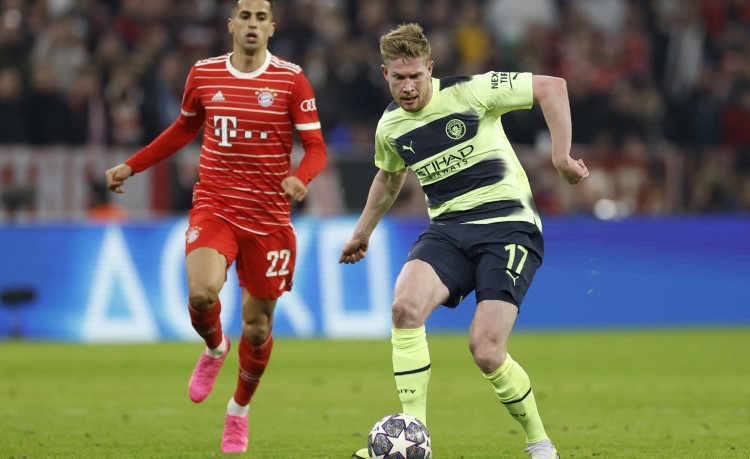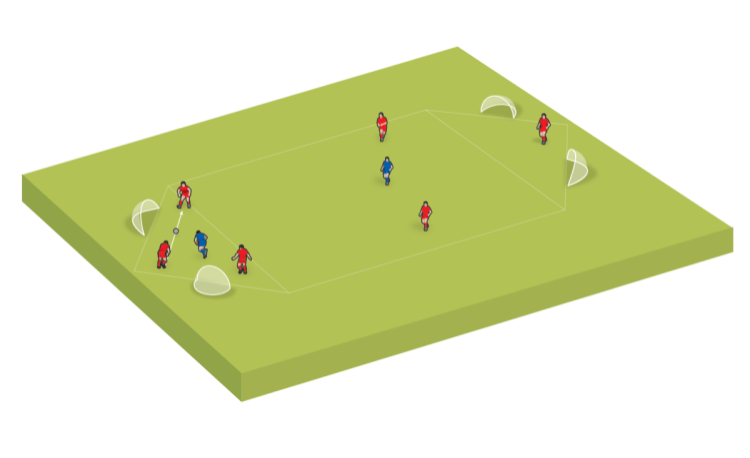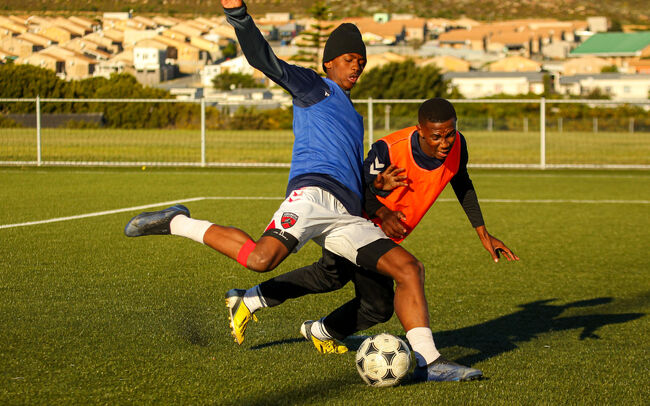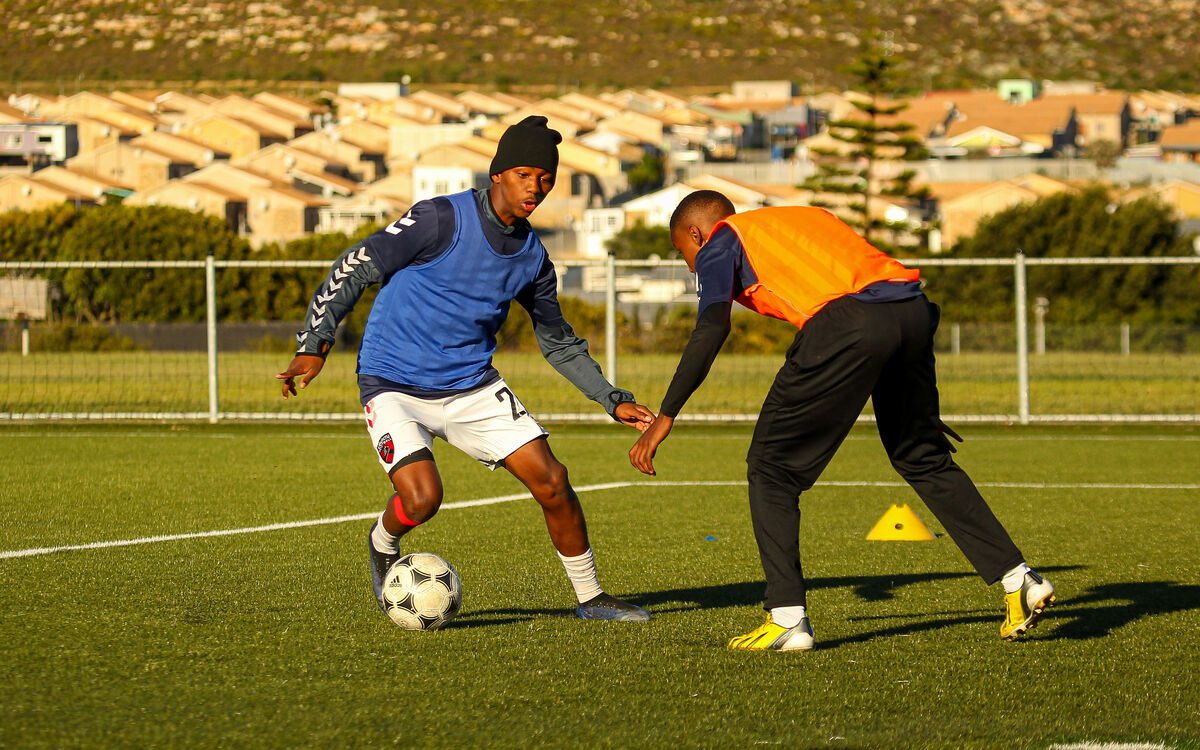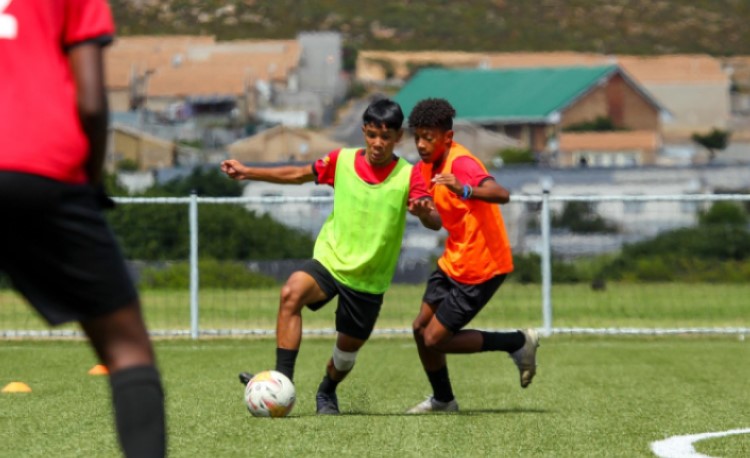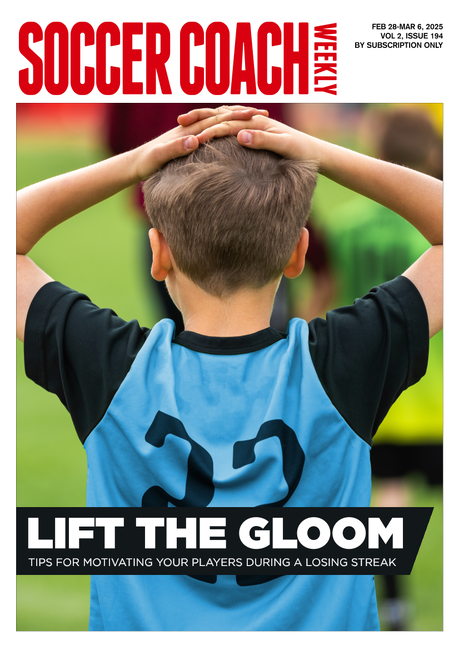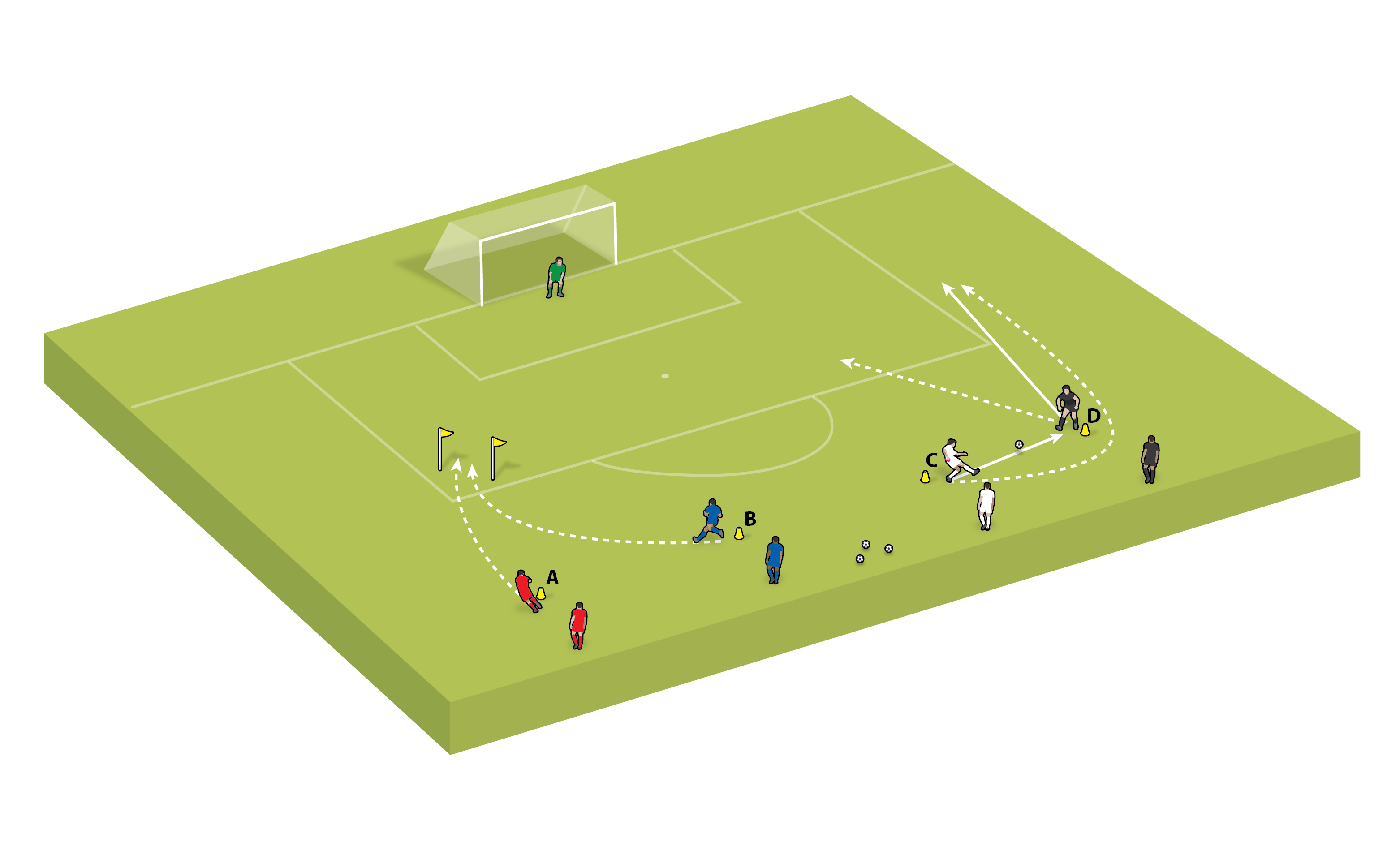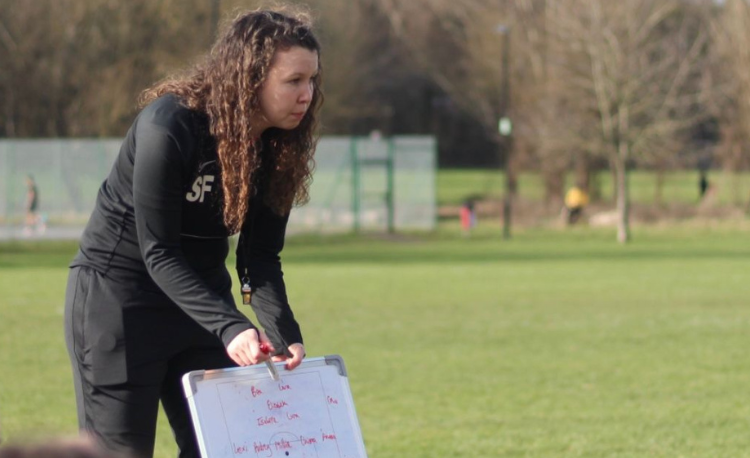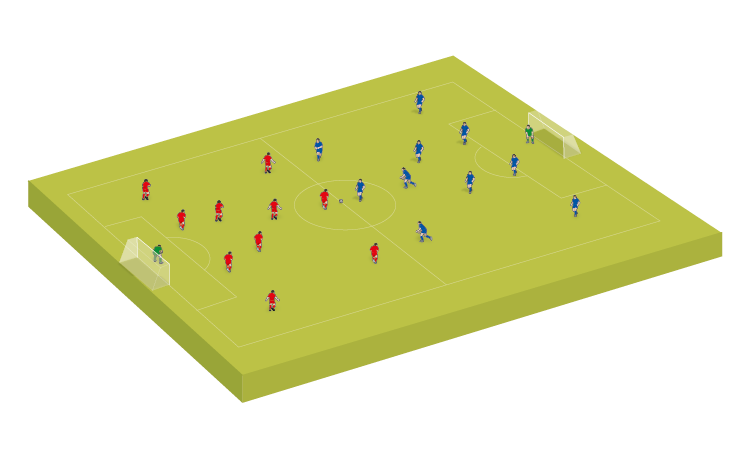Developing soccer skills: passing
Moritz Kossmann discusses the secret language of transferring the ball with Steph Fairbairn.
Passing is more than just transferring the ball from one player to the other. At the elite levels, in particular, it is like a secret language, full of non-verbal signals and triggers, underpinned by players’ ability to see the bigger picture in their heads.
Moritz Kossmann - who has now moved on from his role at Ubuntu Football Academy to become DStv Diski Challenge coach and head of youth at Cape Town City - sat down with Steph Fairbairn to discuss how passing can be used as a form of communication, the decision-making that goes into it and why the actions after a pass are so crucial...
SCW: How important is communication between team-mates when it comes to passing?
MK: We can look at our team-mates and communicate with them verbally. We can also communicate with body language.
When we have played together with a team-mate for several years, it becomes much easier to read one another.
Let’s go to the highest level of the game and take, for example, the partnership between [Manchester City’s] Kevin De Bruyne and Erling Haaland.
When they play in a stadium of 60,000 people who are all roaring and screaming, I don’t think there’s massive amounts of verbal communication going on, compared to the amount of non-verbal communication.
I think that is where, at a high level, it becomes key for your strongest XI to play together as much as possible, because you learn to communicate in ever more subtle ways. And the more subtle this communication becomes, the more likely it is to create small space and time advantages over our opponents.
Perhaps what some would call intuitive understanding is really non-verbal communication. When De Bruyne does certain things, Haaland might understand that the ball is going to come here or go there and that gives him the chance to start his run slightly earlier than the opponent [is able to] and gives him enough space to finish the chance.
"What some would call intuitive understanding is really non-verbal communication..."
How we pass is also communication. If I pass to your furthest foot, and I’m a skilled player who is able to pass the ball accurately, then I might be communicating to you to make a forward action. I’ve passed to your furthest foot because I am trying to tell you to attack with your first touch.
But if I’m passing it to your nearest foot - the one closest to me in relation to the opponent’s goal and where you are on the field - then I might be communicating to you that there’s quite a large amount of opposition pressure behind you and you might be better served just controlling the ball and passing it backwards again.
That is a very simple way of using passing for communication.
A more prominent example is to pass the ball into space. Then, I’m communicating to you to go forward. [But by] passing into feet, I might be communicating to you to pass to a team-mate again.
It could also be the spin I’m putting on the ball or the power on the pass. For example, if I’m passing it quite hard to you, then I might be suggesting you use one touch only. If I’m passing softer, I might be trying to draw out opposition pressure. If I’m passing it medium-hard, I might be suggesting not to use one touch.
It’s crucial to interact efficiently on the football field and that is where football actions start, really.
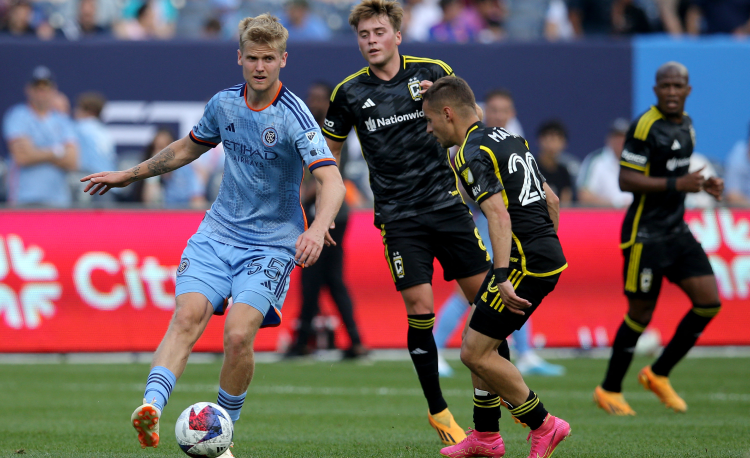
SCW: How important is our action after the pass?
MK: Crucial. I think there is a lot of talk about actions before receiving the pass – receiving, open body positions, scanning - but the action after passing is just as crucial, because we are looking at creating dynamic situations. In order to do that, we need to have movement.
What we don’t want is American football quarterbacks on our team. What I mean by that is a quarterback might stand in the pocket and pass the ball, but then their contribution to that play is finished. Football is a dynamic sport - after I’ve passed the ball, I become a team-mate that needs to move into open space.
Passing and moving was the most crucial principle to a team like Liverpool in the 1970s and 1980s when they won the European Cup several times.
We can even see that in the modern game, where teams like [German second-tier team] Hamburger do a lot of passing and moving, even in the build-up [defensive] third, where a centre-back might pass to a full-back but then moves into space in front of the ball.
This action after making an action on the ball is underrated but very important. We want more dynamic situations in attack and that is one of the best ways to create them.
It is also a great individual coaching point for our players to understand that once they have given the ball to a team-mate, they again become an off-the-ball team-mate.
We can greatly increase the amount of useful actions our players make by coaching this aspect.
SCW: When a player is on the ball and they are thinking about what to do next, what might their thought process be? What kind of pictures are they seeing? What might lead them to make certain decisions?
MK: As the level of the game increases, the space and time to make decisions decreases. We can also, through analysis, see that in the last 20 to 30 years, the amount of time that players have on the ball before they are put under pressure by the opponent is becoming less and less.
So, at the highest level, it becomes key to already have a good idea of where to pass the ball before you receive it - not when you have already received it.
At the same time, it is crucial to play with your head up; to be scanning the situation. As you are looking up, you might be better able to react to small changes in situations.
Where to pass the ball is related to a few factors: Firstly, the opponent - If I am free in space, but you are marked by two opponents, it might not be a very good idea to pass to you; but because two opponents are close to you, another team-mate might be completely open and I can pass there.
The second factor to consider is the position on the field. If I have the ball in my own half and you are completely free in the opposition half - closer towards the target we’re trying to go to - it makes sense for me to give you the ball.
"Have a good idea of where to pass the ball before you receive it - not when you have..."
The third factor is your team-mates. If I’m giving you the ball in the opposition half and there’s enough space for you to receive, that’s good. But what if there are no team-mates close to you? What if you are completely isolated? Then it might not be such a good idea to pass to you, because you might find it difficult to make a successful follow-up action.
Of course, there are other subtle factors that also play into it, such as the situation of the game. Does it make sense to pass forward if we are leading 2-1 in the 89th minute?
Actions that you have made [can also be considered]. Perhaps you just made a run, lost the ball, then had to press the opposition and now you are completely out of breath. You might be in a good position on the field but maybe I shouldn’t give you the ball because you are going to struggle physically to make another action.
It maybe sounds a little mean, but another factor that definitely plays into the decision-making process of players is the success that their team-mate has had.
If that team-mate has lost the ball six out of seven times in the last five minutes, I’m less likely to give the ball to that team-mate because we don’t lose it as individuals, we lose it as a team. Players will definitely factor the success of team-mates into their passing decisions.
As I say, there are many small factors, but the ones we should focus on are the position of the opponent, position of team-mates and position on the field.
We want to make passes to team-mates in better positions than us. That means either they are closer to our target or they are less likely to lose the ball – ideally both.
Related Files
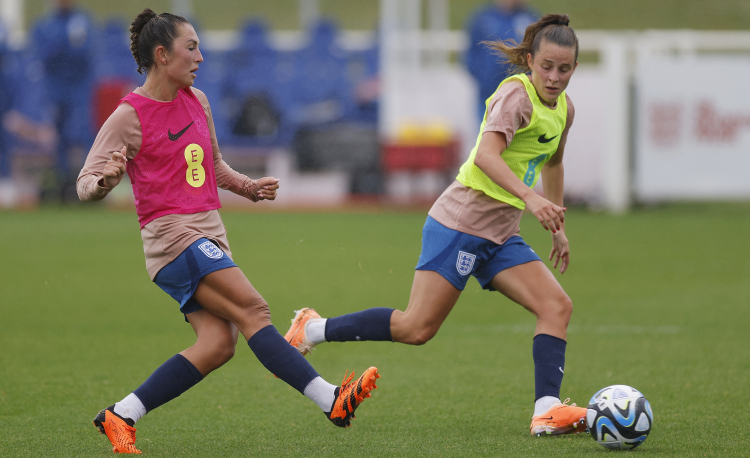
SCW: Any final thoughts on passing?
MK: Don’t practice passing purely for the sake of passing. Make sure players understand the main point of passing is to give it to a team-mate in a better position.
I’m not saying don’t use it, but using a passing-count for points is something to be a bit careful with. If you say, for example, ’15 passes is a point’, then you might have situations where you are encouraging passing for the sake of passing.
"If you say ’15 passes is a point’, you might encourage passing for the sake of passing..."
The same goes for overusing a one-touch or two-touch maximum. Again, you are creating situations where you are forcing players to pass. Players need to understand that passing the ball is a key action, but they need to understand the ’why’ of passing, and not just pass because it’s something they will have to do a lot of in the game.
The more they understand it - implicitly on a deeper level - the more likely they are to make good passing actions when they get to 11v11.
Newsletter Sign Up
Coaches Testimonials

Gerald Kearney, Downtown Las Vegas Soccer Club

Paul Butler, Florida, USA

Rick Shields, Springboro, USA

Tony Green, Pierrefonds Titans, Quebec, Canada
Subscribe Today
Discover the simple way to become a more effective, more successful soccer coach
In a recent survey 89% of subscribers said Soccer Coach Weekly makes them more confident, 91% said Soccer Coach Weekly makes them a more effective coach and 93% said Soccer Coach Weekly makes them more inspired.
*includes 3 coaching manuals
Get Weekly Inspiration
All the latest techniques and approaches
Soccer Coach Weekly offers proven and easy to use soccer drills, coaching sessions, practice plans, small-sided games, warm-ups, training tips and advice.
We've been at the cutting edge of soccer coaching since we launched in 2007, creating resources for the grassroots youth coach, following best practice from around the world and insights from the professional game.
